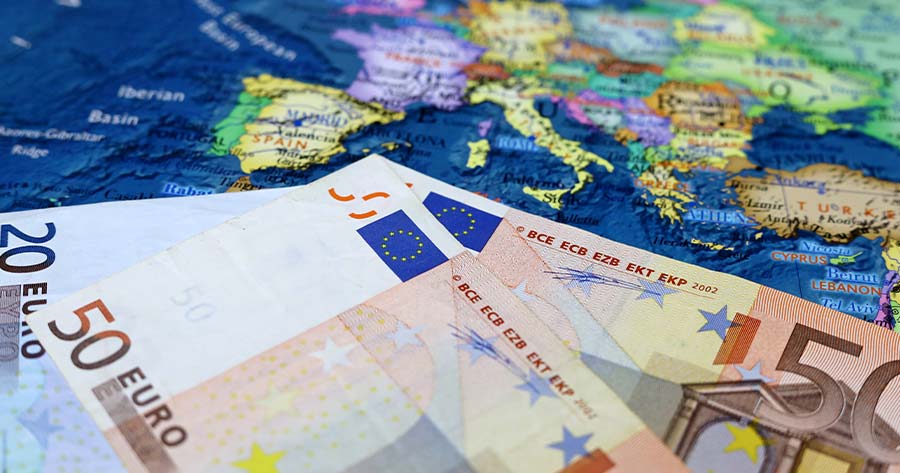The European Central Bank (ECB) paused its interest rate hike at 4.5% after tenth consecutive hikes. The “higher for longer” is to bring the inflation down, as other central banks in the US, UK and Switzerland did in September. However, it’s questionable whether it can resist the inflationary effect from oil price rise by the on-going conflict and the food price rise from the climate crisis.
There are three official key interest rates on the ECB, the deposit facility rate at 4.00%, the marginal lending facility rate at 4.75% and the Main Refinancing Operation (MRO) rate at 4.50%. The deposit and lending facility rate is used for the overnight money management between eurozone banks and the ECB.
Meanwhile, the MRO that is usually referred to as the key interest rate. It’s the medium term lending (between 2-week to 3-month) from the ECB to inject a liquidity bulk into euro banks. The MRO rate might also be the cost of borrowing of the commercial banks, as they can borrow cheaply from the ECB and lend out at the higher rates.
It’s a direct hit to the masses as the cost of borrowing rose together with the key interest rate, which is also a main tool to counter the inflation that rose over 10% around the eurozone last year. It’d need a longer hold and the rate cut discussion is totally “premature”, the ECB Governing Council and President, Christine Largarde said.
The ECB Press Conference forecasts 2023 inflation at 5.6%, 3.2% for 2024 and 2.1% for 2025. The Conference also mentioned the energy cost is a main cause of the EU inflation, that is reflected as higher food prices and weak economic activity as the central bank tightens the policy rates.
The ECB considered September inflation dropped “markedly” but decided to keep the rate as the Russia-Ukraine, Israel and climate crisis would put more inflationary pressure, especially in the medium term.





